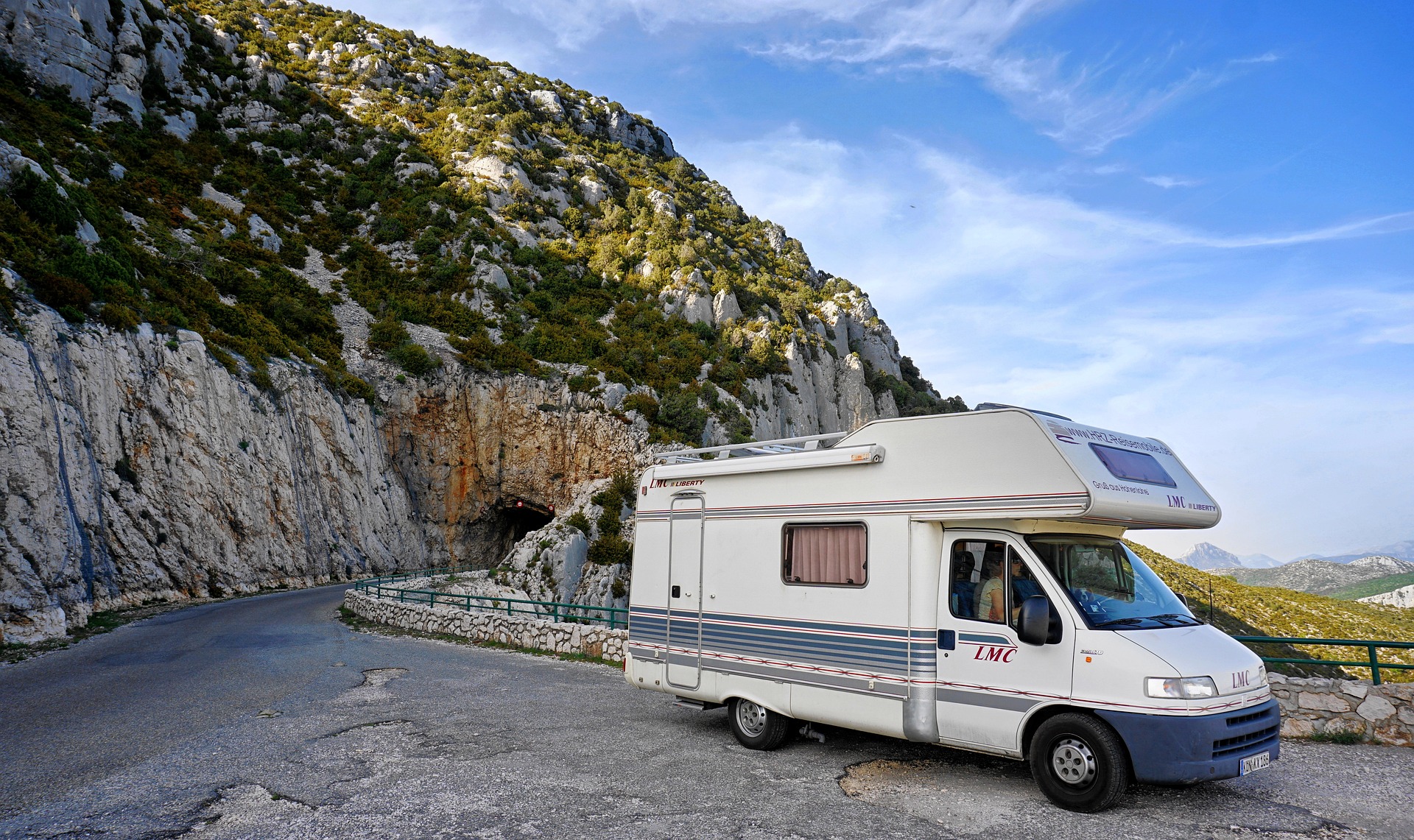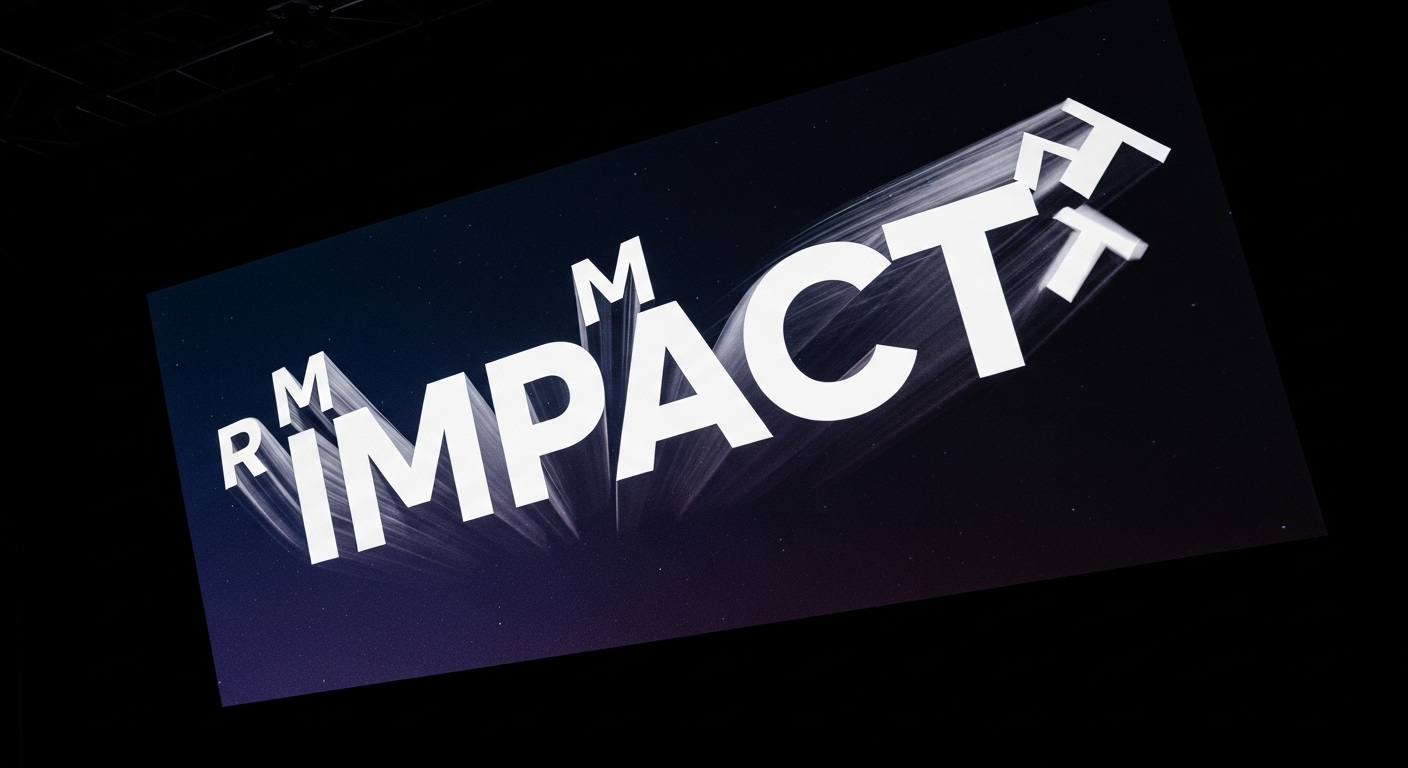RV, Camper & Motorhome Loans: Financing Your Mobile Adventure
Embarking on an RV adventure is an exciting prospect for many travel enthusiasts. Whether you're dreaming of a luxurious motorhome or a cozy camper, financing your mobile home can be a crucial step in turning your travel dreams into reality. RV, camper, and motorhome loans offer a way to spread the cost of these vehicles over time, making them more accessible to a wider range of adventurers. This article will explore the ins and outs of RV financing, helping you navigate the journey from loan application to hitting the open road.

How do RV loan terms differ from auto loans?
RV loans often come with unique terms that set them apart from standard auto loans. One key difference is the loan duration. While car loans typically range from 3 to 7 years, RV loans can extend up to 20 years for higher-end motorhomes. This longer term can result in lower monthly payments, making luxury RVs more attainable for some buyers. However, it’s important to note that longer loan terms may also mean paying more in interest over time. Additionally, interest rates for RV loans are generally higher than those for car loans, reflecting the increased risk associated with financing these specialized vehicles[2].
What credit score do you need for an RV loan?
Your credit score plays a significant role in securing an RV loan and determining your interest rate. While requirements can vary between lenders, most prefer a credit score of 660 or higher for RV financing. Some lenders may work with scores as low as 580, but these loans often come with higher interest rates and stricter terms. A higher credit score can help you qualify for better rates and more favorable loan conditions. If you’re planning to finance an RV, it’s wise to check and potentially improve your credit score before applying for a loan[3].
How much should you budget for RV maintenance?
When considering an RV loan, it’s crucial to factor in the ongoing costs of maintenance and upkeep. RVs require regular care to ensure they remain in good condition and function properly during your travels. As a general rule, you should budget about 2% of your RV’s value annually for maintenance and repairs. This can cover routine tasks such as oil changes, tire rotations, and plumbing system checks, as well as unexpected repairs. Keep in mind that larger, more complex motorhomes may have higher maintenance costs compared to smaller travel trailers or campers[4].
What amenities can you expect in an RV bathroom?
One of the key features that set RVs apart from other travel options is the inclusion of onboard bathrooms. RV bathrooms, often called “wet baths,” typically combine a toilet, sink, and shower in a compact space. The amenities you can expect will vary depending on the size and class of your RV. Larger motorhomes may offer separate shower stalls, while smaller campers might have a more basic setup. Most RV bathrooms include a cassette toilet or blackwater tank system, a small sink with limited counter space, and a showerhead that can often double as the faucet for the sink. Some luxury RVs even feature amenities like skylights in the bathroom for natural lighting[5].
How do you manage water usage in an RV?
Efficient water management is essential for a comfortable RV experience, especially when it comes to bathroom use. RVs typically have limited freshwater storage and waste tank capacity, so conserving water is crucial. Many RV owners adopt water-saving habits such as taking shorter showers, using low-flow showerheads, and turning off the water while brushing teeth or lathering up. It’s also important to monitor your water tank levels regularly and plan your trips around water fill-up and dump stations. Some RVers invest in portable water containers for additional storage or use campground facilities when available to extend their water supply[6].
| Lender | Loan Amount Range | Typical APR Range | Loan Term Range |
|---|---|---|---|
| LightStream | $5,000 - $100,000 | 5.99% - 17.99% | 24 - 84 months |
| Bank of the West | $10,000 - $2,000,000 | 4.74% - 11.74% | Up to 180 months |
| Good Sam | $10,000 - $2,000,000 | 5.99% - 18.95% | Up to 240 months |
| Southeast Financial | $10,000 - $4,000,000 | Starting at 5.99% | Up to 240 months |
| USAA | $5,000 - $500,000 | Starting at 6.55% | Up to 180 months |
Prices, rates, or cost estimates mentioned in this article are based on the latest available information but may change over time. Independent research is advised before making financial decisions.
Financing an RV, camper, or motorhome can open up a world of travel possibilities. By understanding the loan process, considering ongoing costs, and planning for the unique aspects of RV life—such as bathroom amenities and water management—you’ll be better prepared for your mobile adventure. Remember to shop around for the best loan terms and consider your long-term travel goals when choosing an RV to finance. With careful planning and the right financing, your dream of hitting the open road in your own recreational vehicle can become a reality.





